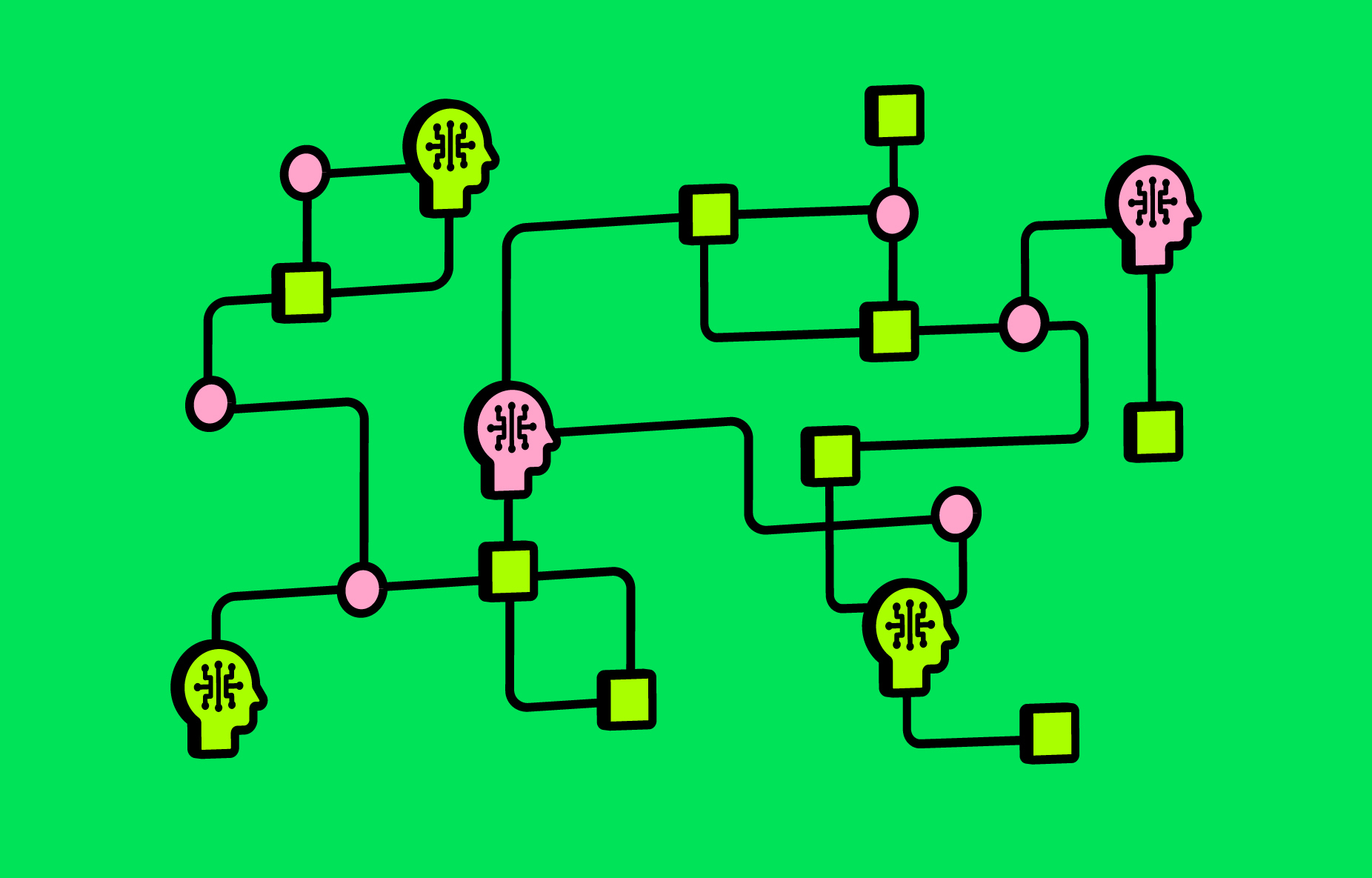In a recent survey of more than 600 IT leaders, we found that at least nine in 10 organizations plan on investing in AI in 2024. But with AI’s rapid growth comes serious security and ethical concerns around data usage—and nearly half of IT leaders today say lack of transparency is a major obstacle to effective AI implementation.
For one thing, limited visibility into AI operations threatens the integrity and security of the data they use to operate. Black box models do not provide clear insights into the AI’s behavior, making it more challenging for human operators to detect data breaches and anomalies. These models are also more susceptible to biases and cyber attacks, since seemingly miniscule input errors or modifications can significantly impact the quality of their generated outputs—ultimately leading to further security risks.
Learn more about how Casper Labs is working with IBM to set a new standard for AI governance.
The bottom line: Black box models make it harder for businesses to root out problems in their AI’s training and decision-making processes. This lack of explainability jeopardizes the accuracy of their AI’s outputs. But it doesn’t change the fact that leaders still have to invest in AI to remain competitive in the modern market.
This is where blockchain technology comes in. The immutable, transparent digital ledger is built to hold these AI systems accountable, bringing new clarity to the inner-workings of newly adopted workflows. Companies must leverage blockchain’s user access controls and tamper-proofing mechanisms to safely—and efficiently—scale adoption with trusted data.
Prioritize tamper-proofing to eliminate risk
Because AI systems consume massive amounts of information at a rapid pace, businesses are unable to control what kind of data their models are accessing. And without the ability to monitor and filter their AI’s data usage, businesses can’t make any necessary adjustments to their workflows. Some industry regulations may even require businesses to provide explanations for automated decisions—and the persistent lack of visibility into black box models can make it harder to remain compliant.
To reduce the risk of breaches and erroneous decision-making, businesses must increase visibility into their black box models. The first step is to adopt a trustworthy record-keeping system—like a decentralized blockchain network—to trace and store the transformation of data throughout its entire lifecycle.
Blockchain can be used to anchor critical developments in the AI’s data collection, training, and processing stages, giving authorized participants the ability to verify that the generated outputs are derived from reliable information.
Think of a healthcare provider that leverages AI models to predict diseases and generate personalized treatment recommendations for patients. Medical professionals can use blockchain’s cryptographic hashing capabilities to securely record and protect sensitive patient information. Once documented on the chain, the data can no longer be altered. And as the data progresses through the AI’s workflows—from preprocessing, to model training, to generating insights—researchers and regulatory bodies alike can access an immutable, tamper-proof record of data at each stage.
How does blockchain technology improve AI’s data quality?
To avoid the risks of opaque AI, companies need to be confident in their data quality. Blockchain technology could be the answer for businesses wanting more transparency, traceability, and control over their data input.
Using blockchain, a consensus mechanism can be established so that all nodes (i.e. authorized participants) within the network can agree on a specific criteria to measure their data quality. Once these standards are validated on the chain, they can be applied across the AI’s internal workflows, creating a comprehensive history of data quality assessments that can be easily audited to demonstrate compliance.
Based on the validation outcomes, blockchain-enabled smart contracts can enforce conditional data usage. If the data meets the predefined quality standards, a smart contract can authorize its use for AI training. If not, the smart contract can flag the data automatically, preventing its inclusion in the training dataset. This mechanism helps companies efficiently identify faulty data, creating new opportunities for decision-making improvement.
Unlocking version control with traceable AI models
Blockchain technology brings clarity to AI’s inner workings by establishing a trail of system updates and transactions, allowing stakeholders to revisit each step of the AI model’s development and usage journey.
In tandem with IBM, Casper Labs recently announced a pioneering solution to build the world’s first blockchain-based solution allowing users to monitor input and output data for training AI models. This AI governance product will be integrated with IBM’s watsonx platform to help companies accelerate the impact of their AI technologies with trustworthy data.
Version control—a key product differentiator enabled by blockchain—gives users the ability to revert to previous iterations of an AI system if performance issues occur. Not only does this provide unprecedented visibility into AI workflows, it can also help businesses ensure compliance with evolving ethical guidelines.
Blockchain technology can help organizations fully harness their AI without having to sacrifice the immense time, energy, and resources that typically goes into ensuring explainability.
To learn more about how blockchain can support AI operations, download our report that examines the growing convergence between these two technologies. For more information on our ongoing partnership with IBM, watch the complete webinar recording here.

